On the shores of Saltstraumen, Norway, Borghild and Fredric of NORD&NE prepare to plunge into the world’s strongest tidal current. Located just north of the Arctic Circle, the two owners of NORD&NE work alongside nature’s most powerful forces — where maelstroms can create whirlpools up to ten metres wide that reach 40km/hour.
Despite these formidable conditions, as these two submerge into these challenging Arctic waters, the pair are transported to an underwater paradise drifting with the current.
The water here is home to beautiful geology and rich in unique marine life, thanks to the nutrient-rich currents. Whilst the strong waters and steep walls in Saltstraumen create demanding conditions for any diver, they also create ideal conditions for all sorts of sea creatures to thrive.
As they swim through enormous kelp forests, wolffish patrol the depths while mesmerising nudibranches and beautiful anemones nestle into the steep rock walls. Giant cod, crabs and corals are all on display in this area of rich biodiversity. This remote spot on the Norwegian coast offers a unique diving experience for those brave enough to venture in! Operating within the Saltstraumen Marine Protected Area, NORD&NE has been guiding divers and snorkellers through this underwater world since 2020, though Borghild and Fredric have been diving, guiding and teaching in these waters for more than 15 years.
NORD&NE recently joined the Green Fins network as a Digital Member, making them the first Green Fins Member and PADI Eco Center in Norway! Here’s what they had to say about their operation and commitment to marine conservation.

What inspired NORD&NE to join Green Fins, and how has it influenced your dive operations in Norway?
We were looking for an environmental certification and wanted one suitable for diving centres. We found Green Fins, but the first time we read about it, we thought it was too specialised in warm water diving and coral reefs. A year later, we read about the PADI Eco Center and decided to work towards becoming one and rediscovered Green Fins. We dived deeper into what it means to be a digital member and decided to go for it. And we have no regrets.
As the first Green Fins Member and PADI Eco Center in Norway, how do you see your role in shaping sustainable diving in cold-water environments?
To be honest, we have not thought much about that, but we hope more dive centres will follow. Perhaps it is natural that we are the first ones because we guide our guests in a marine protected area. That gives us a responsibility to make sure that our activities contribute to a better life for the marine ecosystem, to ensure we can keep diving. Diving regularly year after year in this magnificent current also makes us really care for it and want to protect it. We meet the same wolffish and cod dive after dive, and they start to feel like friends.
Whilst NORD&NE are not the first Green Fins Member from Scandinavia, they are the most northern dive operation located just within the Arctic Circle! Despite this and other environmental challenges, the pair are committed to delivering responsible marine tourism.
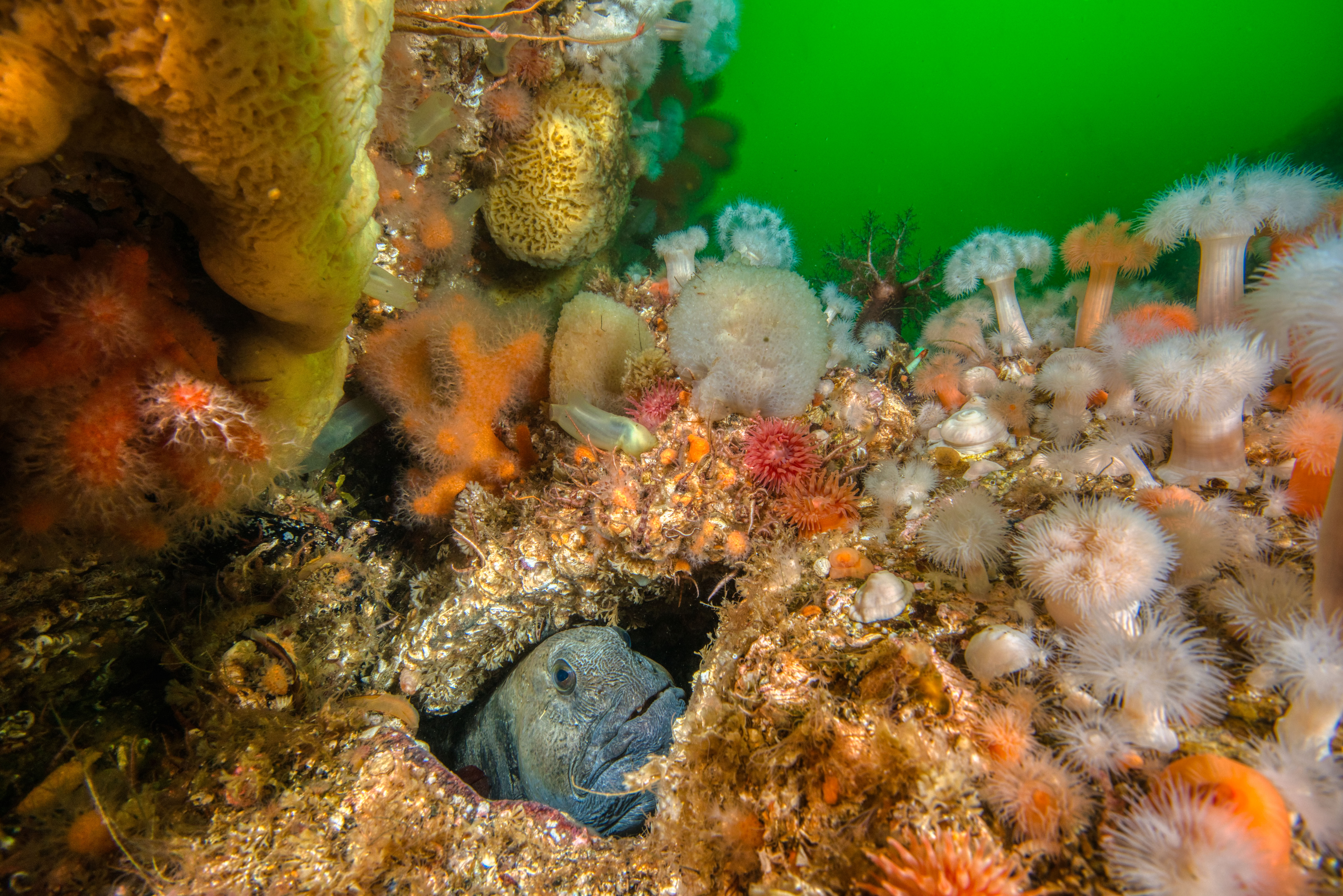
Photo credit: Vebjørn Karlsen
What unique environmental conditions do you work with in Northern Norway, and how do they shape your diving experiences and sustainability efforts?
We can only dive in Saltstraumen when it is high tide or low tide. At that moment, we have around one hour, and then we have to wait six hours for the tide to turn. Therefore, the current is our hourglass and dictates our daily rhythm.
The strong currents and steep walls make it demanding to dive here. So, guests must be certified and confident drysuit divers. How demanding the diving is depends on the lunar phase. In winter, we have another challenge; the hours with daylight are limited. If the current turns at 9 in the morning, it is dark; the next turning is at 3 pm, and then it is dark again. Guiding divers unfamiliar with these strong currents in the darkness is not something we want to do. Storms and snow can also make it hard to reach some of the dive spots. So in winter, we mostly enjoy diving just the two of us or with locals. And we rest up, read and sleep.
However, the worst environmental condition is that the Norwegian government has resisted regulating fishing in the MPA (Marine Protected Area). That is a serious problem, because having an MPA where anybody can fish as they want for free attracts a lot of fishermen to come here. Their lines get caught in the old kelp forests, making it dangerous for divers, sea birds and crabs. We pick up lines and hooks on every dive, but the next day we find new ones. That is our biggest challenge and the problem we are fighting hardest to change. It is heartbreaking to see all this magnificent marine life destroyed by littering from sports fishing.
Additionally, we face another threat from underwater hunters. Local divers stopped hunting in Saltstraumen in the 90s as they realised they were destroying the wolffish population. However, in the last 10 years, more and more freedivers have come here to hunt. The wolffish is now protected in Saltstraumen Marine Park, but the hunting for cod and halibut is increasing. At the spots where we dive regularly, fish are used to humans, and the cod will approach us with curiosity. It is really frustrating to see divers hunt in the same areas we dive because they wreck this unique connection to marine life, developed during years of diving. Hunting in marine protected areas is wrong, but we have been unable to convince the Norwegian government to change their position.
Despite the challenges presented by the natural environment, destructive fishing practices and illegal hunting, NORD&NE are changing the game by bringing sustainable marine tourism to Norway by joining the Green Fins Membership.
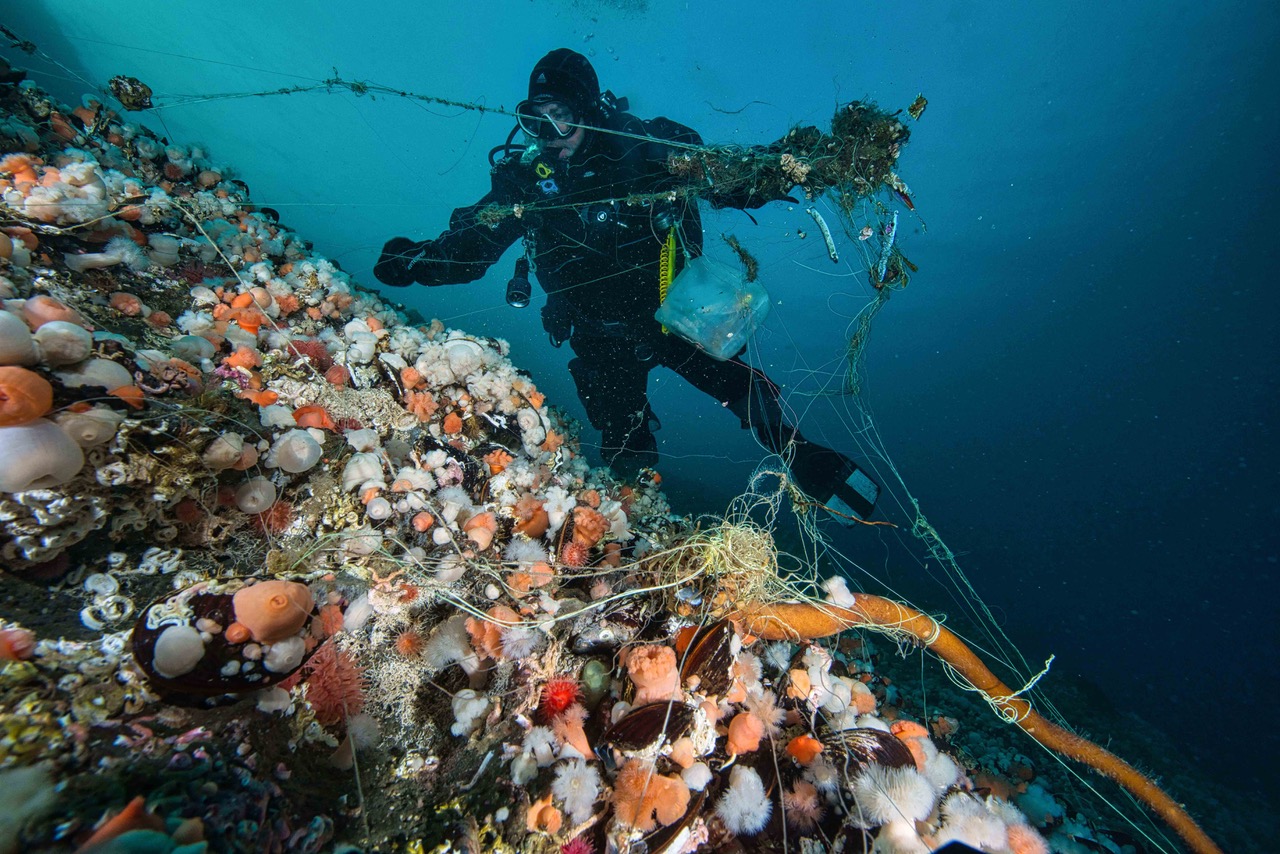
Photo credit: Vebjørn Karlsen
What environmentally friendly practices have you integrated into your daily dive operations, both above and below the surface?
For years, we have removed fishing lines and lures on every dive. We share funny stories and facts about marine life and show pictures on every briefing, to raise awareness and curiosity for the ocean. In our courses, we also always talk about the marine life we will see, to build respect and understanding for life underwater. Taking the Green Fins Dive Guide e-Course was a good tool for addressing that topic.
How do you engage with your guests and local community to raise awareness and encourage ocean-friendly behaviour?
We have made a free outdoor exhibition outside Saltbrygga, where our dive centre is, with information about the marine life in Saltstraumen. Both tourists and local people come by, and we have interesting and inspiring meetings and good discussions with fishermen visiting the exhibition. We also participate in cooperation forums with the other tourism companies in Saltstraumen to promote tourism that protects nature above and below water. We have also created a small exhibition showing the underwater litter we pick up during the dives. We have hosted several lectures at conferences about the littering going on in Saltstraumen MPA and had lots of meetings and correspondence with the authorities.
Have you seen any shifts in diver attitudes or behaviour since implementing Green Fins practices and becoming a PADI Eco Center?
We’ve always worked with environmental awareness at the heart of our operations, but joining Green Fins has transformed our approach in several important ways. Working with the Green Fins action plan has made us much more systematic in our conservation efforts and given us the confidence to speak up more about environmental issues.
We’ve become much more aware of what can be damaged by divers in cold water environments — for example, the fragile limestone structures on our walls that take decades to form. This knowledge has helped us better educate our guests about the unique vulnerabilities of Arctic marine ecosystems.
Since becoming a Green Fins Member, we’ve noticed that divers respond more positively when we explain our environmental practices. Having the Green Fins backing gives our conservation message more credibility, and guests seem more engaged when we discuss marine protection during briefings. The structured approach has also helped us communicate more effectively about why certain practices matter in our specific environment.
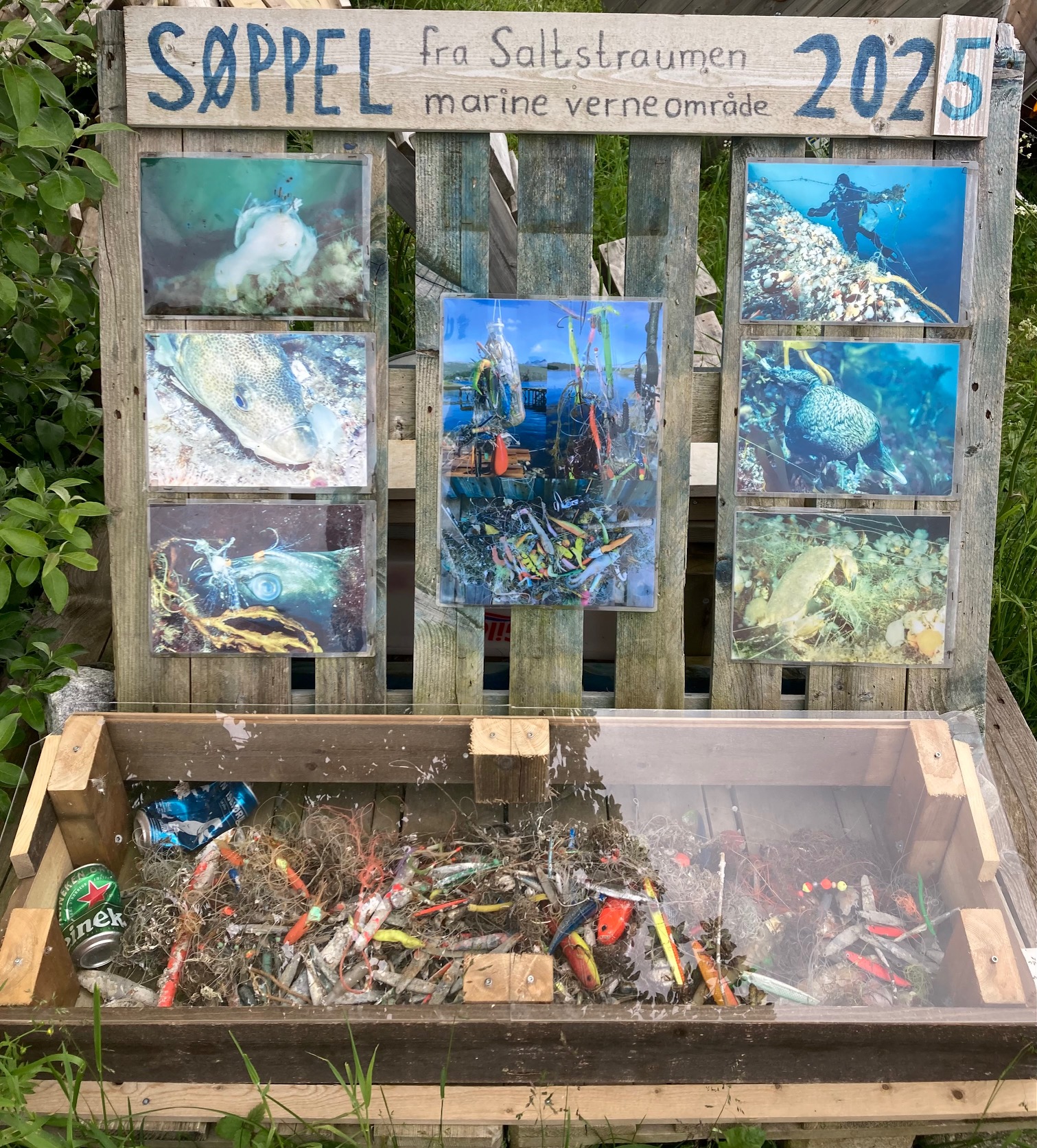
Are you involved in any marine conservation efforts to protect local species and habitats? If so, how do these initiatives align with your sustainability mission?
For many years, we have worked together with other local organisations to protect wolffish in Saltstraumen, successfully petitioning the Norwegian government to ban all fishing and hunting of this species. This is the first time a predator has been protected for its vital role in the ecosystem here in Norway. We have been monitoring individual wolffish and documenting their behaviour over five years, sharing these observations with researchers, on social media and on our webpage. We also contribute to scientific research through species registration and temperature and light measurements in Saltstraumen in collaboration with researchers.
We saw that you’re part of the EU-funded “First Mile to Better Tourism” project. Can you tell us more about the project and your focus on green mobility?
We have bicycles which are free to use for guests, as it is a much cleaner and greener way to travel around. We also provide a brochure to make sure they don’t get lost travelling in the local neighbourhood between dives.
A lot of guests are happy to walk or cycle, but quite a lot of our guests have big cameras with them, making it hard to carry them or use our bicycles. The project has made us more aware of the importance of convincing people to find places to stay close by. There are locals living close to the centre, so it is important that we limit traffic as much as possible, both for nature and for the local community. This project makes you think more clearly about what you do and how you impact your environment.
What challenges have you faced in becoming a more sustainable dive centre, and how have you addressed them?
Becoming a sustainable operator is quite a lot of work, but all changes require you to dedicate time and effort. That’s the good thing with a low and slow season in the winter, we can focus on those sustainability projects then.
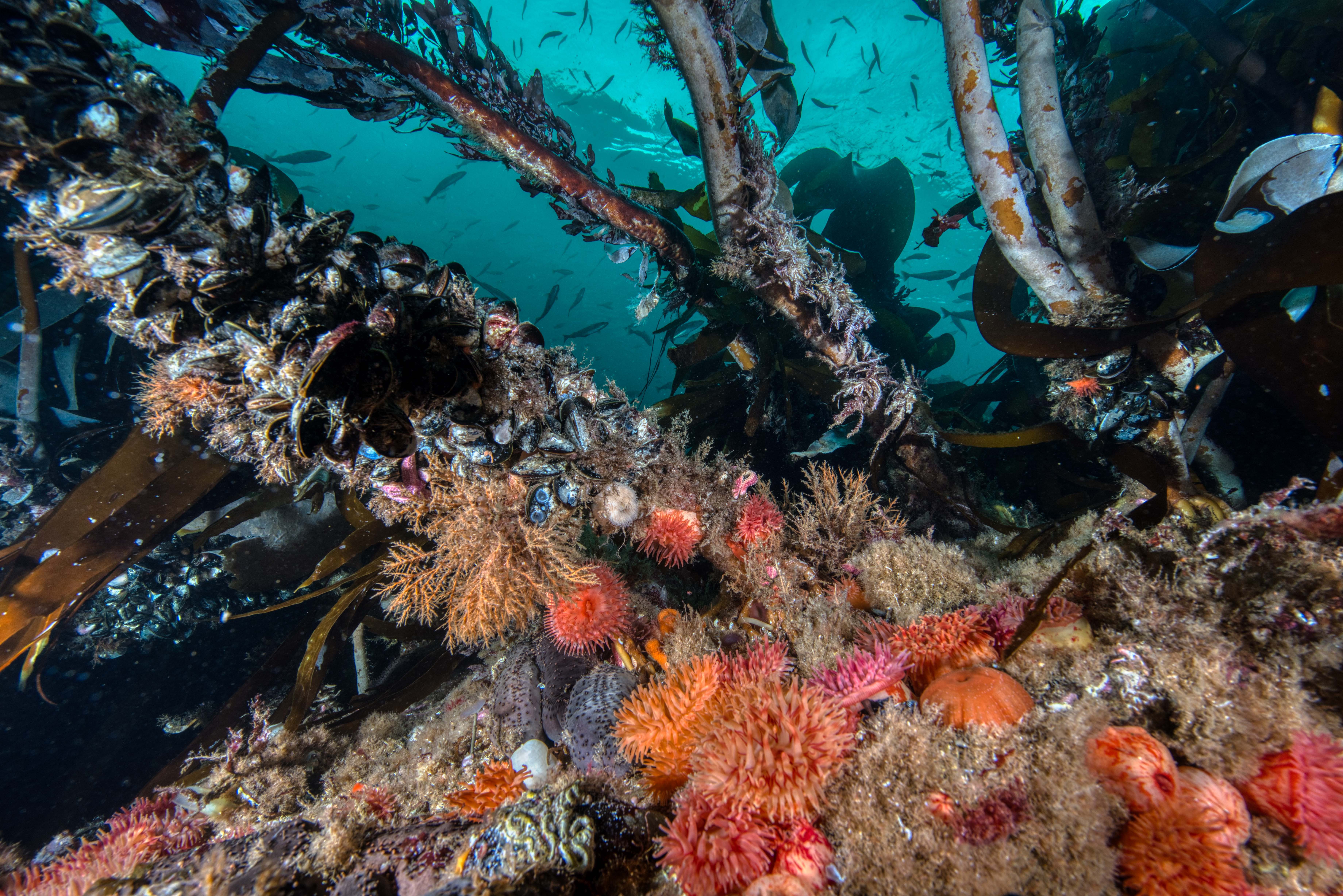
Photo credit: Vebjørn Karlsen
What advice would you give to other cold-water dive centres who want to operate more sustainably or join Green Fins?
Do not be put off or focused on the things which have no meaning in cold water, such as not wearing gloves. Most of the recreational diving here does not have corals sensitive to touching, but we do have a lot of other fragile marine life. So most of the Green Fins materials are relevant and easy to use. There has been a tendency to ‘play’ with marine life, such as putting sea stars on our heads or moving marine life to get better photos. So we think joining Green Fins is a perfect way to become more aware of how we relate to marine life, and get rid of bad behaviour we don’t easily see without looking at our practice with new eyes.
Green Fins is a great tool for that. We are visitors in the underwater world, and visitors need to be polite. So just look, enjoy and learn — no touching is as important in cold water as in reef diving.
Congratulations to Borghild and Fredric on their hard work bringing sustainable diving to one of the most challenging and remote diving spots in the world! If you’d like to learn more about the fantastic work they do or would like to join them on a dive in the Arctic waters of Saltstraumen, visit their website to discover more about this unique underwater paradise.
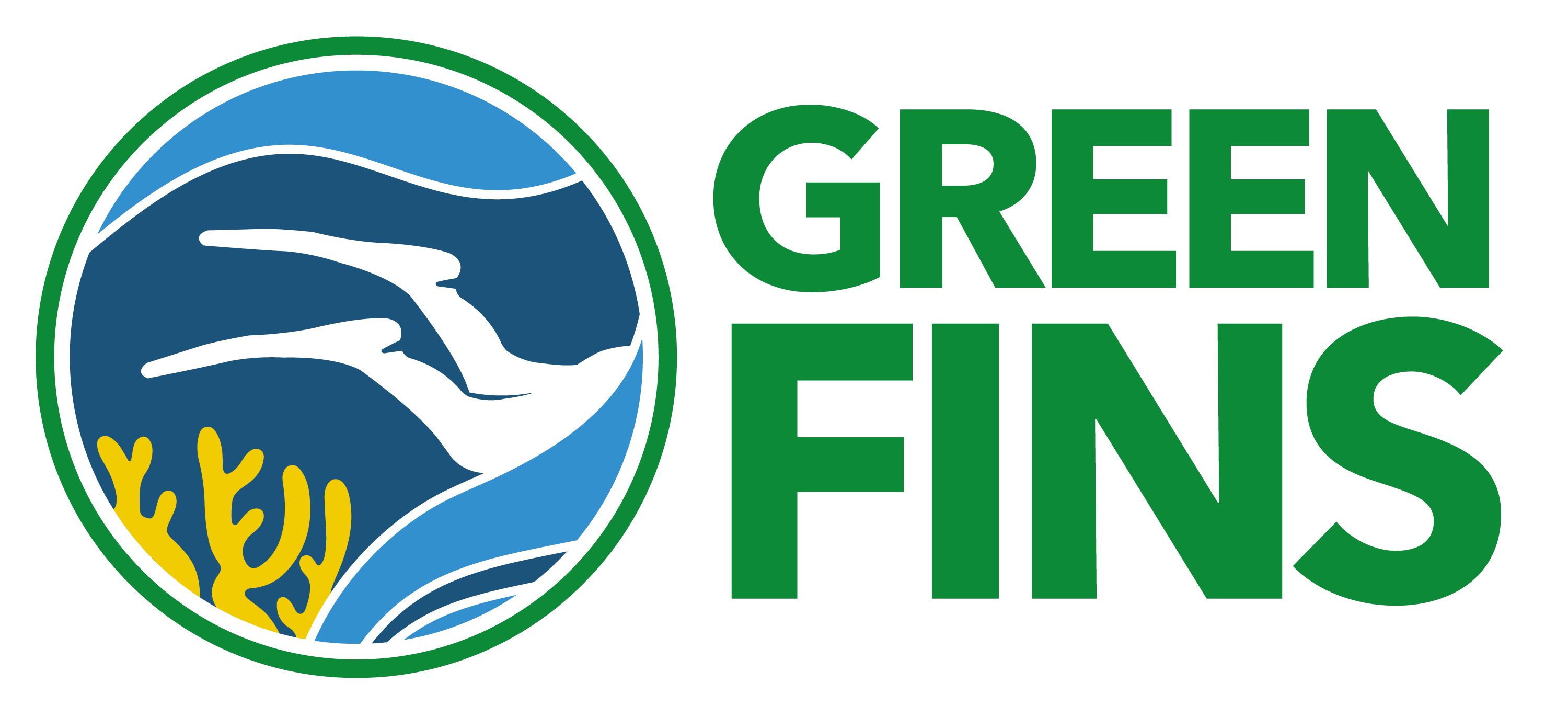
Thankyou